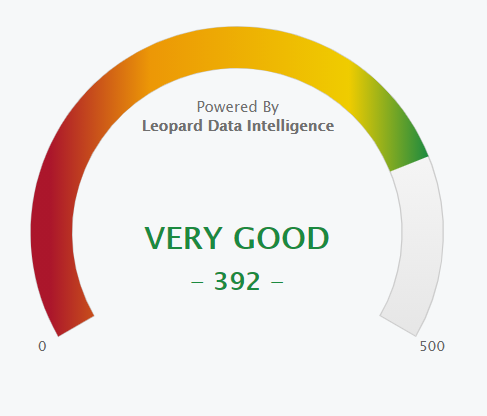The following column is by Janet Stanton, Partner, Adam Smith, Esq.
The Leopard Law firm Index was launched earlier this month to great acclaim. Many law firms are asking us what it means to them and how they can use it.
These are excellent questions and we’ll attempt to answer them here.
As we discussed at launch, the Leopard Index provides, for the first time, a comprehensive, quantitative, “un-gameable” measure of each firm’s resilience and vitality giving firms the ability to identify their strengths and address their weaknesses. Importantly, the ratings are dynamic; updated as frequently as weekly. No more waiting a year for the next report.
Working closely with our good friends at Leopard Solutions and Above the Law we wanted to develop a diagnostic tool with data you can act on to improve the health and sustainability of your firm, not simply another unedifying cudgel as are many of the extant rating systems.
Let’s get more specific.
Diagnostic capability
If you think your firm’s score is disappointing, you can easily dig into the component elements and determine where you see room for improvement. (One person we described it to said, “I get it; so it’s like my annual physical. Weight and blood pressure are good, cholesterol not so much.”)
Each firm is different, so each metric will matter differently to each firm. Firms have different strategic priorities, so doing well on certain metrics will matter more so than for others. The Leopard Index allows you to isolate the metrics that matter most to your firm – and ignore those of lesser consequence. You can focus your not-infinite resources in areas that will have the greatest impact. Because the Leopard Index is dynamic, you can track your progress on key metrics in real time; you’ll have quantitative data, not anecdotes that will let you know how you’re doing.
A bell curve, not a power curve – and why this matters
The Leopard Index is structured as a Gaussian (bell, or “normal”) distribution, and not as a Pareto (exponential, or “power”) distribution. Why that matters may require a moment’s reflection We recently published an article, How Not to Think About the AmLaw 200, on why the difference between those two familiar distribution curves is so stark and why it matters. (The AmLaw is a power curve, in case you’re wondering.) It matters because, reflecting the philosophy driving the design of the Leopard Index, a bell curve shows you which direction you may want to move your firm, and how.
If your firm (lucky you) is in the brightest green zone on the index’s visual gauge, you probably shouldn’t profoundly upset how the place is running; if in the most alarming red zone, however, you have urgent work to do. Similarly, if less radically, if you’re showing about 60% “full” on the gauge, it’s not an emergency but changes are probably in order; 90% and you want to reinforce your existing systems. Power curve distributions have no comparable instructive content or message. You’re in the AmLaw 170’s and you want to be in the 130’s? Good luck with that; you’re on your own. (And your next report card is next year, to boot.)
What else?
The Leopard Index is entirely transparent. It tells you which criteria are included and how much each is weighted. And, we will continue to tweak both the criteria and weighting to be even more reflective of the indicators of law firm sustainability and resilience. All objective, quantifiable data. No “guesstimates.” No black-box hocus pocus.
You can also use the Leopard to learn from the more successful firms, regardless of the firm’s size – since the bias for size has been eliminated in the Leopard Index. And, of course, you can compare your firm to your immediate competitors. Where might they have a competitive advantage? Where might you have an advantage you can capitalize upon more forcefully?
There’s lots to learn from the Leopard Law Firm Index. Smart firms will.



